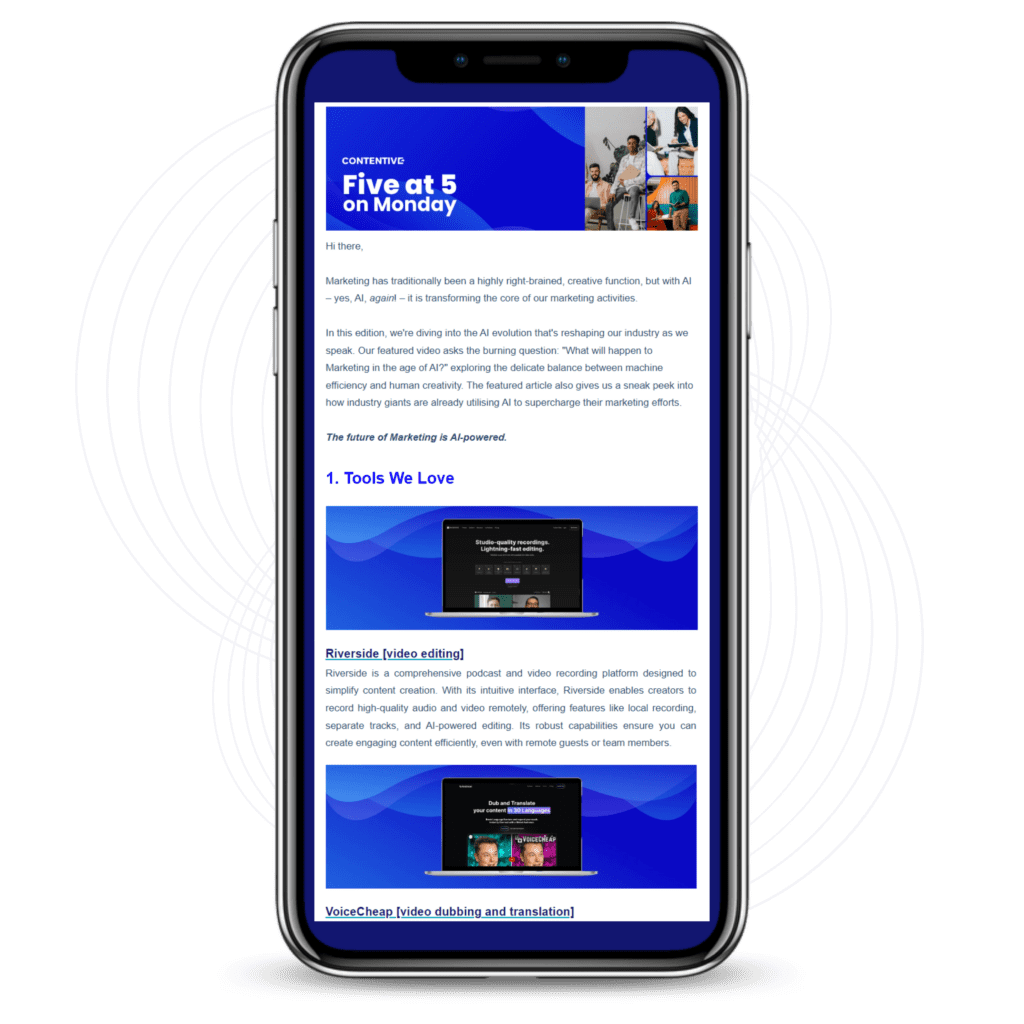Converting new leads into loyal customers is a vital aspect of growth and success. However, making that crucial first move can often feel like navigating uncharted territory. Whether you’re a seasoned professional or a newcomer to the field, making the first move, and doing it well, is essential for driving conversions and fostering long-term relationships with your audience. This guide outlines the first steps to take towards converting a new lead.
Understand Your Audience:
Understanding your audience requires a combination of data analysis, active listening, empathy, and continuous feedback. By gaining deep insights into their needs, pain points, and preferences, you can tailor your approach to resonate with them on a deeper level, ultimately increasing your chances of successfully converting new leads into loyal customers.
Here are some things to consider in order to better understand your audience:
- Research and data analysis: Start by conducting thorough research on your target audience. This can involve analysing demographic data, such as age, gender, location, income level, etc. Additionally, delve into psychographic factors, such as interests, values, lifestyles, and purchasing behaviours. Use tools like market research surveys, analytics platforms, and customer relationship management (CRM) systems to gather relevant data.
Tools to try: Salesforce, HubSpot CRM, Zoho CRM
- Identify needs and pain points: Once you’ve gathered data, identify the needs and pain points of your audience. What challenges are they facing in their personal or professional lives? What solutions are they seeking? Understanding these pain points will enable you to position your product or service as a valuable solution that addresses their specific needs.
- Segmentation: Recognise that your audience is not monolithic. They may have diverse needs and preferences. Segment your audience into distinct groups based on shared characteristics or behaviours. This allows for more targeted and personalised marketing strategies. For example, you might segment your audience by industry, job role, level of experience, or purchase history.
- Engage in active listening: Beyond data analysis, actively engage with your audience to gain insights into their motivations and behaviours. This can involve conducting interviews, hosting focus groups, or participating in online forums and social media discussions related to your industry or niche. Pay attention to the language they use, the challenges they discuss, and the solutions they seek.
- Empathy and emotional intelligence: Cultivate empathy and emotional intelligence when understanding your audience. Put yourself in their shoes and try to see the world from their perspective. What drives them? What are their aspirations and fears? By empathising with your audience, you can better connect with them on an emotional level and tailor your messaging accordingly.
- Feedback and iteration: Lastly, seek feedback from your audience throughout the process. Encourage them to share their thoughts, opinions, and suggestions. This could be through surveys, feedback forms, or direct communication channels. Use this feedback to iterate and refine your approach over time, ensuring that you stay aligned with the evolving needs and preferences of your audience.
Personalise Your Approach:
Generic outreach efforts can easily be overlooked in such a saturated digitally inclined space. It’s important to strive to personalise your interactions with potential leads. Address them by name, reference their specific interests or challenges, and demonstrate genuine interest in their success. By showing that you understand their unique circumstances, you can establish a stronger connection from the beginning.
Provide Value:
When reaching out to new leads, focus on providing value rather than simply promoting your products or services. Share helpful resources, offer insightful advice, or provide solutions to their problems. By positioning yourself as a trusted advisor rather than a salesperson, you can build credibility and trust with your audience.
Be Clear and Concise:
In the digital space, your lead has access to an overload of information brevity is key. When making the first move, be clear and concise in your communication. Clearly articulate the value proposition of your offering and explain how it can address the specific needs of your leads. Avoid overwhelming them with unnecessary details or jargon, and instead, focus on delivering a compelling message that captures their attention.
Leverage Multiple Channels:
Diversify your approach by leveraging multiple channels to reach your leads. Whether it’s email, social media, phone calls, or in-person meetings, adapt your communication strategy to meet your audience where they are most receptive. By utilising a multi-channel approach, you can increase your chances of making a meaningful connection and driving conversions.
Follow Up Strategically:
Following up is an essential step in the process of converting new leads. After making the initial move, it is imperative to keep the conversation active. Follow up strategically to keep the momentum going and nurture the relationship over time. Whether it’s a friendly check-in, a timely response to inquiries, or additional value-added content, consistent follow-up demonstrates your commitment to meeting the needs of your leads.
Monitor and Adapt:
Finally, continuously monitor the effectiveness of your approach and be willing to adapt as needed. Pay attention to key metrics such as open rates, response rates, and conversion rates to gauge the success of your efforts. Analyse what’s working well and what could be improved, and make adjustments accordingly to optimise your conversion strategy. Converting leads is an ongoing cycle.
Your Takeaway:
Making the first move can be a daunting task, but with the right approach, it can also be incredibly rewarding. By understanding your audience, personalising your approach, providing value, and making use of multiple channels, you can confidently convert new leads into loyal customers. Remember to be clear and concise in your communication, follow up strategically, and continuously monitor and adapt your strategy for optimal results. With patience, persistence, and a commitment to delivering value, you’ll be well on your way to success in converting new leads.


